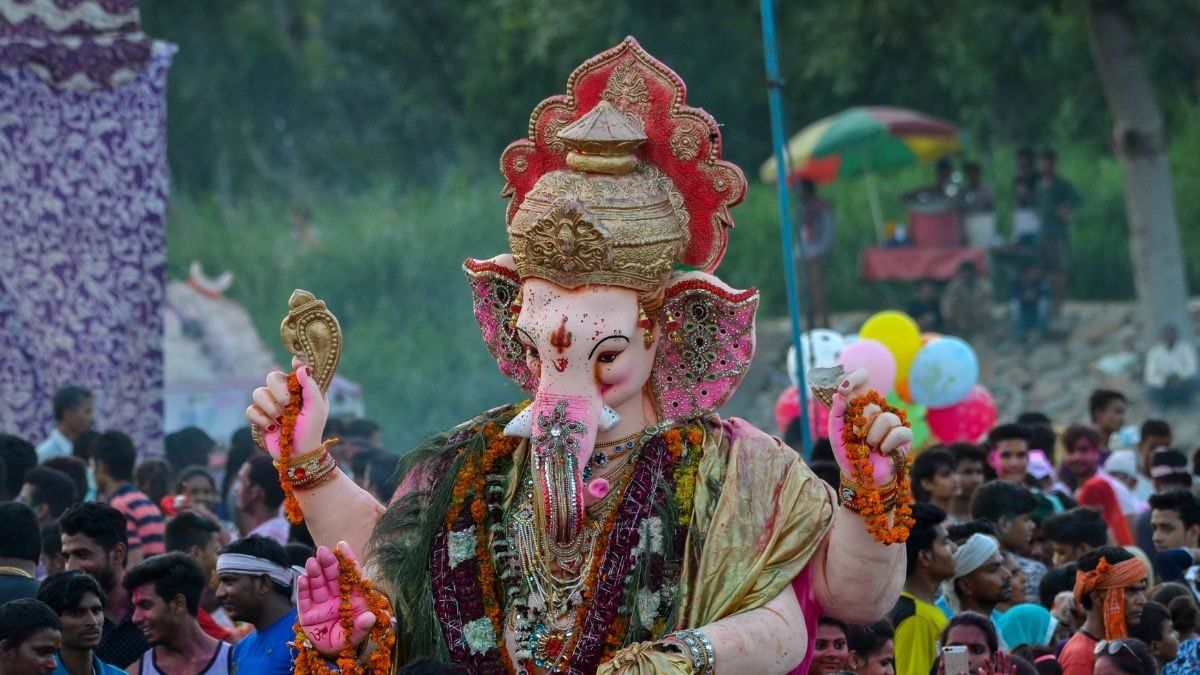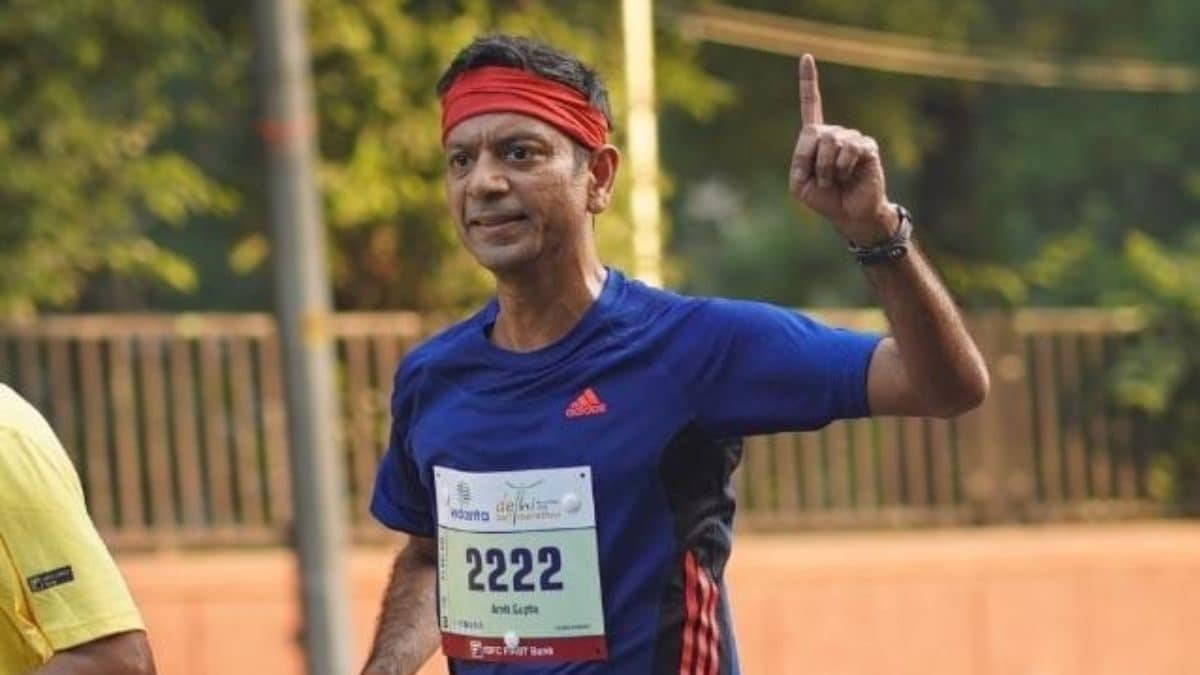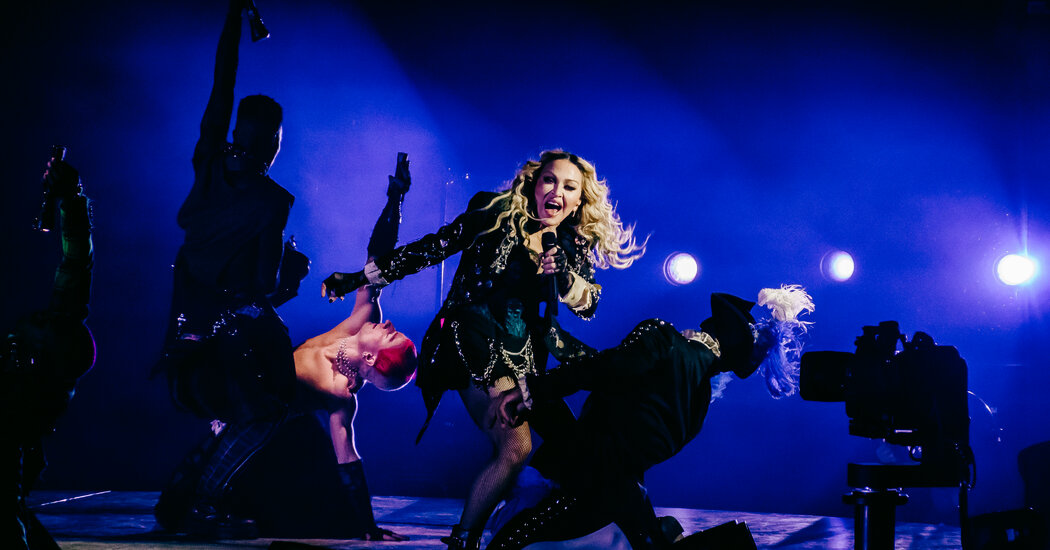The sweet, small and beautiful elephant-headed god will arrive in many homes today. Ganesh Chaturthi is the beginning of the 10-day festival of Lord Ganesha, one of the most loved and revered gods. 'Sukha's Letter' His blessings bring happiness and remove obstacles in new ventures. As a deity, Ganesha is worshipped first and foremost to bring about the desired results of any ritual.
Indian scriptures tell us that He destroys obstacles and also puts them in our path when what we want to achieve could bring us danger. To give a crude example, praying to Him can make us miss a flight that is destined to crash. Vighna-karaka (cause of obstacles) —which is more than a Vighna-harta (destroyer of obstacles) — His blessings include obvious obstacles to our safety and to prevent us from wasting time on unnecessary distractions.
By worshiping Him, we invoke both the Vighna-harta and Map of Vighna (destroyer and creator of obstacles).
ALSO ASK GANESHA TO BE LED TO PEACE
The Cambridge dictionary defines peace as “the state in which we are not bothered by worries, troubles, or anxiety.” So what prevents this peace? Indian scriptures describe three types of miseries:tray-cover) as:
Adhibhautik – pain caused by living beings such as enemies or wild animals,
Adhyatmik – illnesses, mental anguish, worries, attachments, aversions, etc., and
Adhidaivika – suffering due to natural calamities, accidents, fate.
Peace comes when we acquire the ability to remain unaffected, continuously, by any of these miseries. This usually requires an inner experience of KaivalyaPatanjali understands kaivalya to mean a higher consciousness, a liberation from ignorance and the suffering it causes.
The whole purpose of Yoga is to attain this state of kaivalya by controlling the mind.
Obstacles on the path of yoga
The yogi is able to remain unmoved by life's events and recover fairly quickly. Often, those who practice yoga live in a state of blissful oblivion, and yet they act with great efficiency because yoga also leads to perfection.
However, it is not that the path of Yoga does not have its own challenges.
Hatha Yoga Pradipika mentions six harms to Yoga, 'Tattvas Baadhak'which weaken the determination of the Yoga practitioner. These factors are:
• Overeating (directly causes laziness and illness);
• Excessive physical exertion, including travel (which depletes strength);
• Talking excessively (wastes energy);
• Fanaticism in following procedures (disturbs the tranquility of the mind);
• Keeping bad company (creates unnecessary doubts in one's faith), and
• Volatility (alters consistency and sustained efforts).
The Yoga Sutras of Patanjali also mention obstacles to progress in Yoga such as 'Chittaviksepah te antarayah' and these are:
• Disease
• Lack of motivation to act correctly.
• Doubt and indecision
• Forgetfulness of purpose or deception,
• Dullness or lack of energy.
• Propensity for sensuality.
• Misperception
• Inability to maintain progress achieved
• Inability to progress, dispersed mental and emotional energy.
Patanjali further adds: Sahabhuva (additional obstacles) — Pain or distress, depression, nervousness and irregular breathing — arising from a distracted mind. Patanjali's panacea for overcoming these obstacles is Ishvara-Pranidhana — that is, connecting with the Divine and surrendering to every step, every decision and action.
Accepting Ganesha's help
“These obstacles can be overcome through meditation and the journey towards Jnana, knowledge, with the grace of Ganapati,” says Dr Melukote K Sridhar, Pro-VC of SVYASA Yoga University and an award-winning Sanskrit scholar.
“Establish Ganapati at the heart centre or between the eyebrows and chant the ‘Ganesh Atharvashirsha stotra’ for the fulfilment of all worldly and spiritual desires.” This practice is most powerful during the Ganapati festival period, he explains, and he especially recommends trying to chant it 1,000 times.
Ganesha is connected to all eight branches of traditional yoga, from Yama-Niyama to Dhyana and Samadhi, according to renowned Vedacharya and guru David Frawley. “Ganesha rules over all the principles of nature, including the gunas, elements, sensory and motor organs, as well as the functions of the mind… He also rules over secret and esoteric knowledge,” he reveals.
ON THE YOGIC PLANE, WORSHIP OF GANAPATI YOGA
The Ribhu Gita has spoken of Vinayaka as “the dispeller of all impediments to freedom” (where freedom refers to “mukti”, liberation).
According to well-known spiritualist and yogi Dr K Sivananda Murty, “Ganesha rules the Muladhara chakra or root chakra located at the base of the spine. It is only by His grace that a man can raise his body consciousness to higher levels of consciousness. Any spiritual experience is essentially based on liberation from body consciousness. It is the ego, the self, not the mind, that is disengaged from the body.
“Worship Ganesha on the external plane, on the material plane. On the yogic plane, worship Ganesha within. This is done through meditation, concentrating the mind on his form and consciously chanting his mantra ‘Gam Ganapataye Namah’. In this way, one’s efforts to elevate consciousness are helped and graced by Ganesha. Ganesha’s form, Yoga Ganapati, is worshipped to practise yoga,” the guru revealed.












